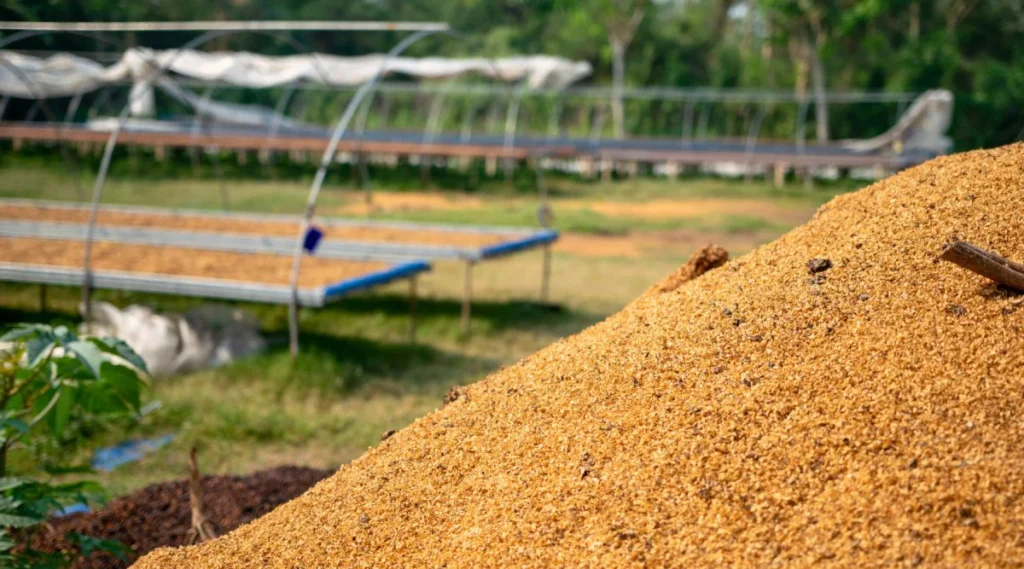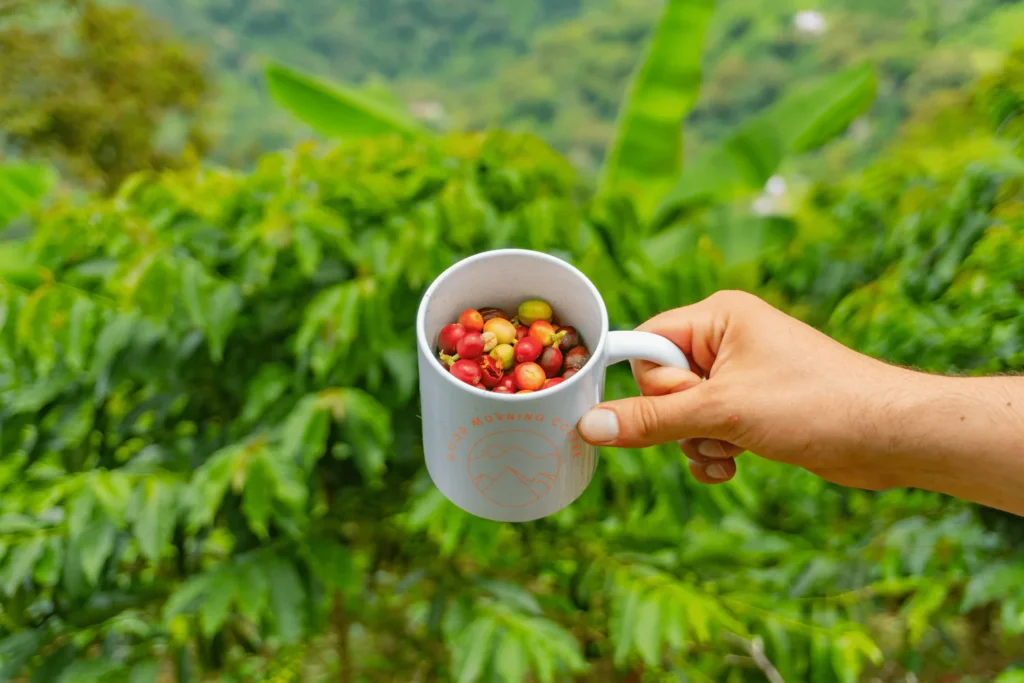Espresso is more than just a shot of coffee; it’s a complex and rich experience that embodies the essence of coffee brewing. For coffee lovers and home baristas alike, mastering the art of pulling a perfect espresso shot can elevate your coffee game to professional levels.
Achieving the ideal espresso shot involves a meticulous process that balances the science of coffee brewing with the finesse of a skilled barista. From selecting the freshest beans to perfecting your grind and tamping technique, each step plays a crucial role in extracting the best flavors from your coffee grounds.
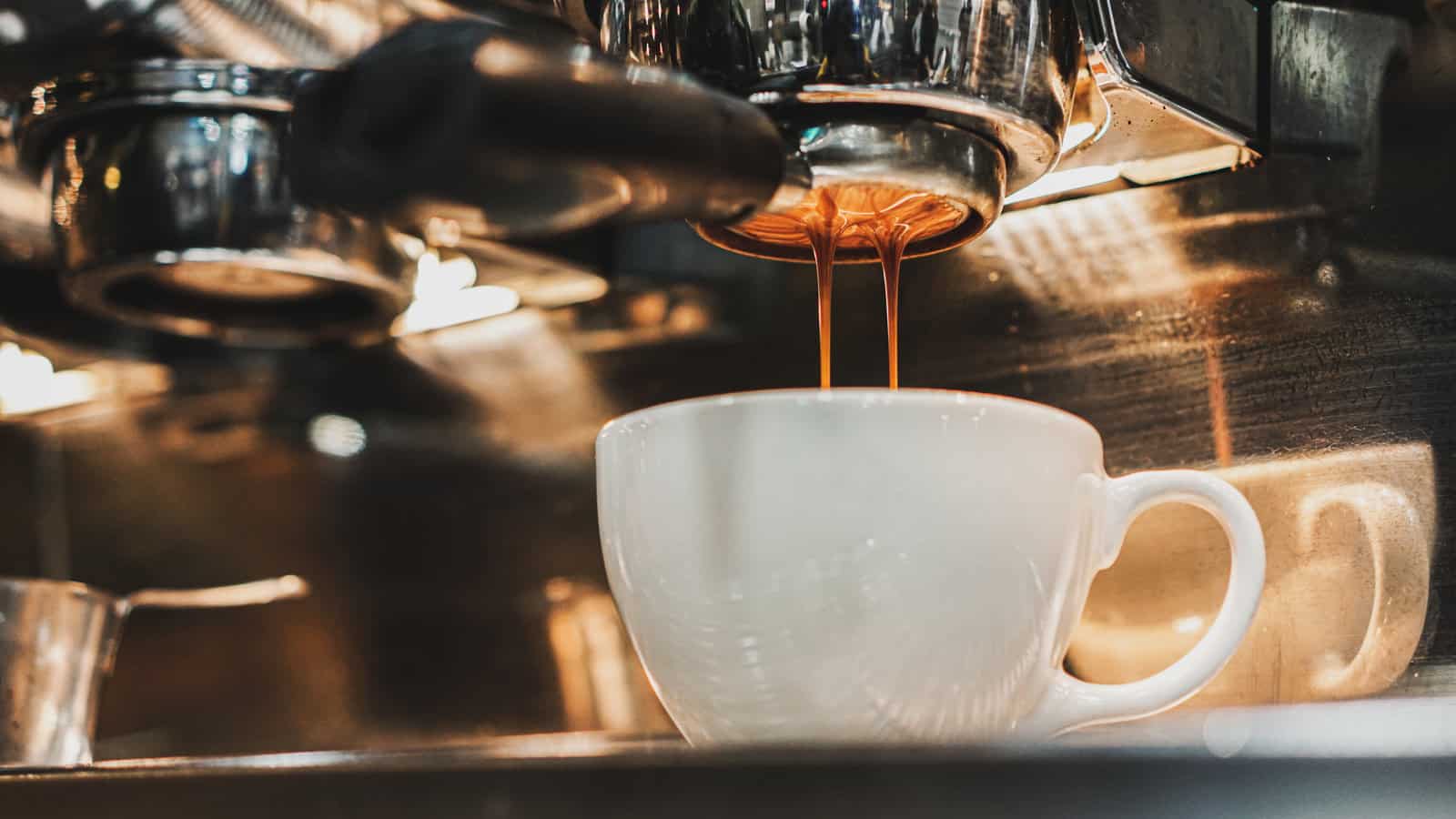
In this guide, we’ll walk you through the step-by-step process on how to pull espresso shot, ensuring you get a rich, balanced, and flavorful cup every time. Whether you’re a novice or a seasoned espresso enthusiast, these tips and techniques will help you refine your skills and enjoy the full potential of your espresso machine.
Get ready to dive into the world of espresso and discover the secrets to creating that perfect shot, complete with a beautiful crema and a symphony of flavors that dance on your palate. Let’s brew some magic!
Steps on Pulling the Perfect Espresso Shot
Alright, espresso aficionados, gather ’round! If you’re ready to take your espresso game to the next level, you’ve come to the right place. Pulling a good espresso shot is like a dance between you and your espresso machine. It’s all about precision, timing, and a bit of coffee love. Let’s break it down step-by-step.
Step 1: The Beans
- Freshness is Key: Use freshly roasted beans. Ideally, your beans should be used within 2-3 weeks of roasting.
- Grind Size: You’ll want a fine grind, resembling table salt. Invest in a good burr grinder; it’s worth every penny.
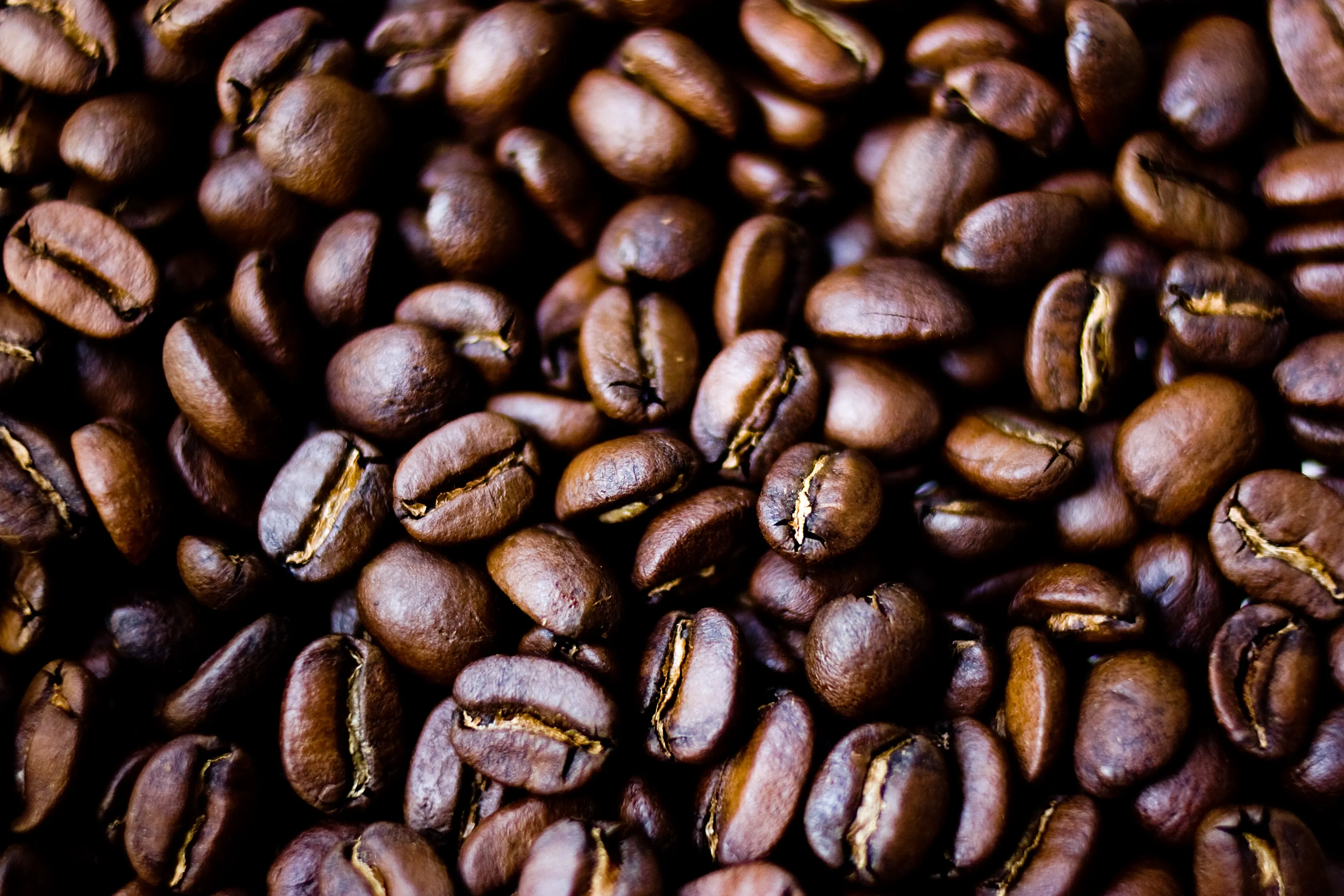
Step 2: Dosing
- Perfect Amount: For a double shot, aim for about 18-20 grams of coffee grounds. This can vary depending on your preference and the coffee you’re using.
- Distribution: Ensure the grounds are evenly distributed in the portafilter. You don’t want any clumps or unevenness.
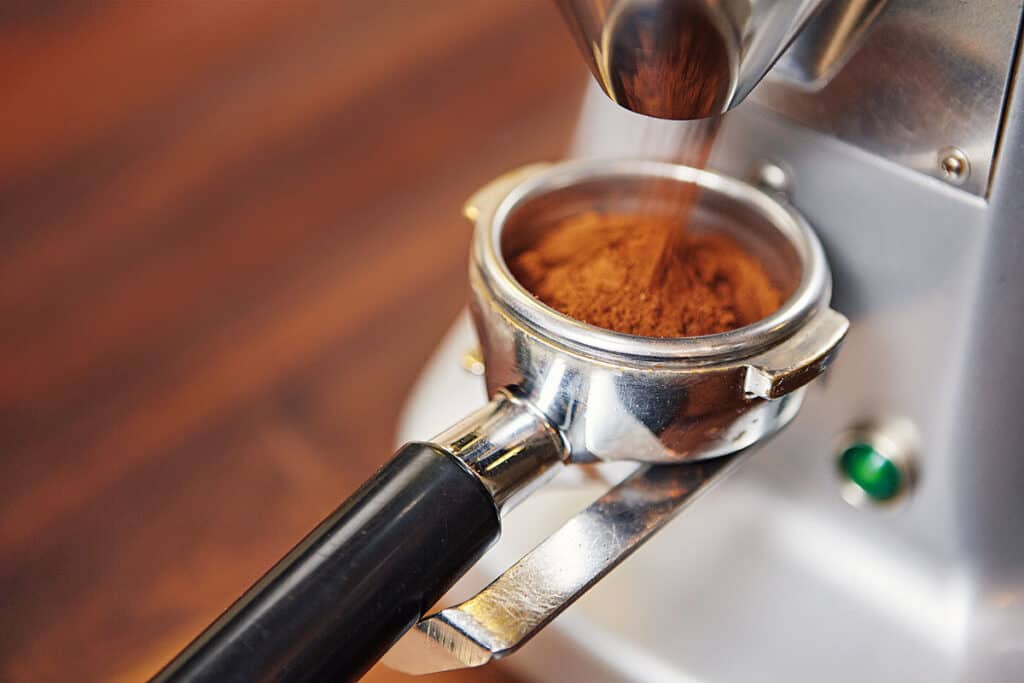
Step 3: Tamping
- Firm and Even: Use a tamper to press down the grounds firmly. Aim for about 30 pounds of pressure. The key is to get a flat, even surface.
- Consistency: Consistency in your tamping pressure is crucial. Practice makes perfect here.

Step 4: The Machine
- Preheat: Make sure your espresso machine is fully heated up. This usually takes about 20-30 minutes.
- Cleanliness: Ensure your portafilter and group head are clean. Residual coffee can affect the taste of your shot.
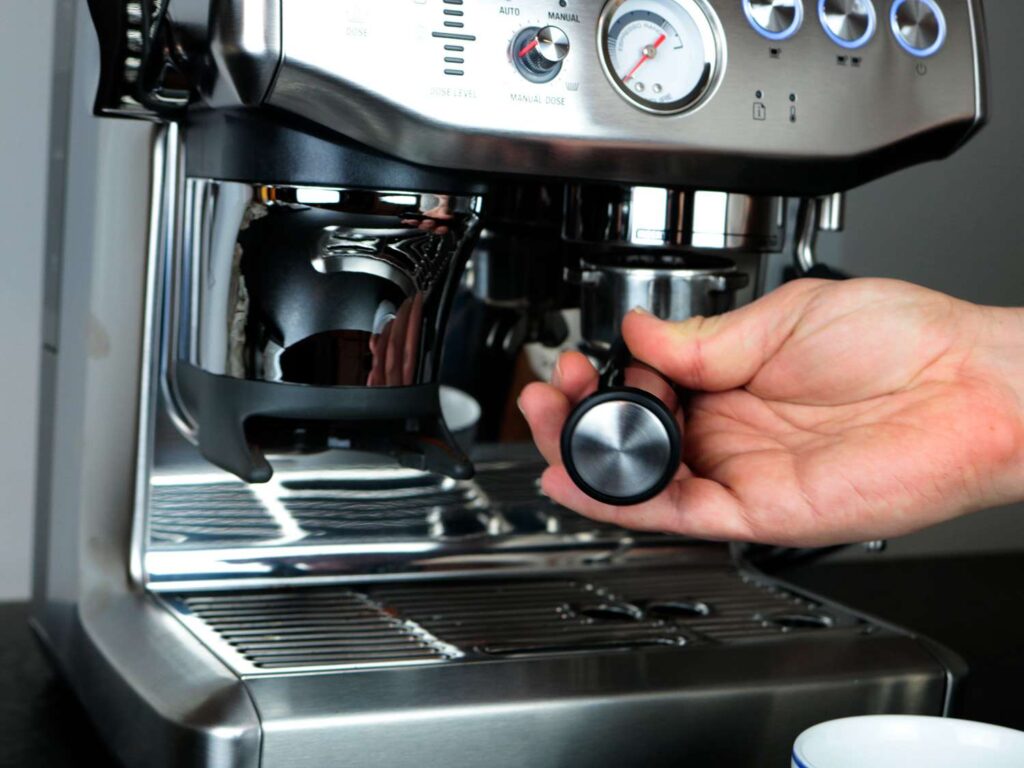
Step 5: Pulling the Shot
- Ratio: A good starting point is a 1:2 ratio of coffee to water. For 18 grams of coffee, aim for about 36 grams of liquid espresso.
- Time: Your shot should take about 25-30 seconds to pull. If it’s too fast or too slow, adjust your grind size accordingly.
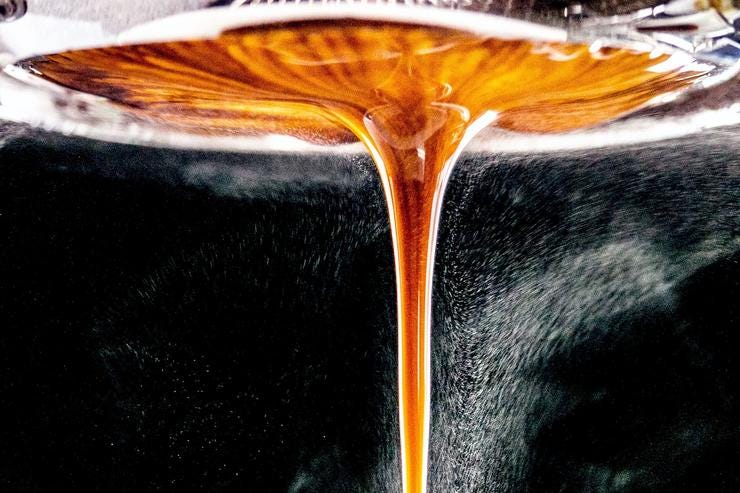
Step 6: The Crema
- Golden Layer: A good shot should have a nice layer of crema on top – that creamy, golden-brown foam. It’s a sign of a well-pulled shot.
- Taste: Your espresso should be rich and balanced, not too bitter or sour. If it’s off, tweak your variables (grind size, dose, tamp).
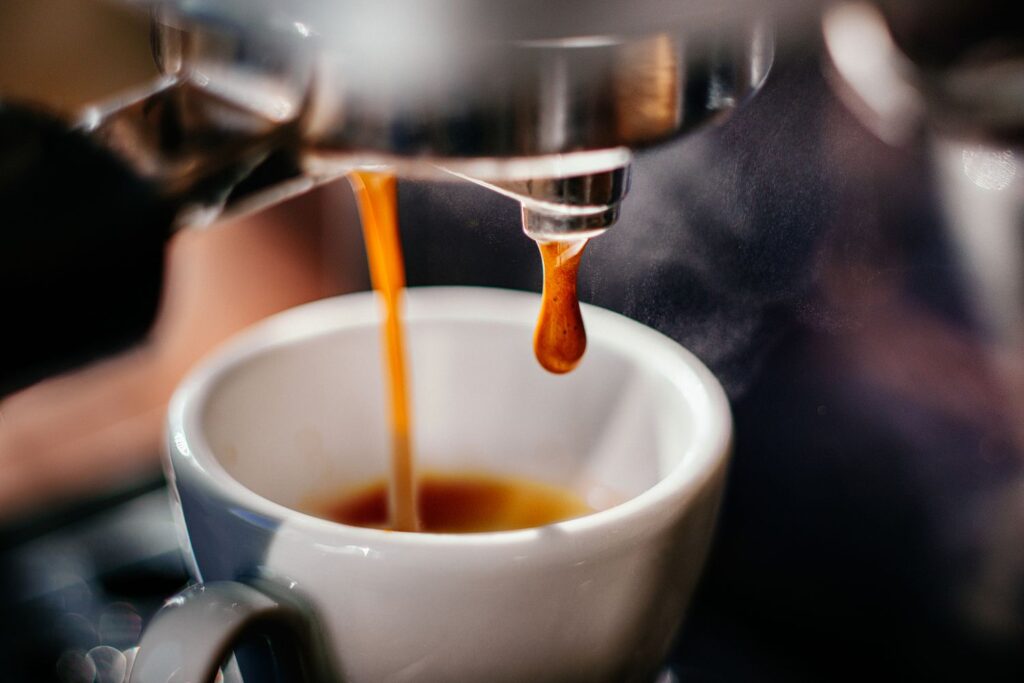
Troubleshooting Tips for Espresso Shots
Bitter Shot
If your espresso shot tastes overly bitter, several factors could be at play:
- Grind Size:
- Problem: The grind size may be too fine.
- Explanation: A very fine grind can increase the surface area of the coffee, causing over-extraction. Over-extraction happens when water spends too much time in contact with the coffee, pulling out not just the desired flavors but also bitter compounds.
- Solution: Adjust the grinder to a coarser setting and try again. Each espresso machine may require a slightly different grind size, so experimentation is key.
- Coffee Dose:
- Problem: Using too much coffee in the portafilter.
- Explanation: Overdosing can compact the coffee bed too much, making it difficult for water to pass through. This extended contact time can lead to bitterness.
- Solution: Reduce the amount of coffee used. Aim for a dose of around 18-20 grams for a double shot.
- Extraction Time:
- Problem: The extraction time is too long.
- Explanation: When the shot runs for too long, more bitter compounds are extracted from the coffee grounds.
- Solution: Aim for an extraction time between 25-30 seconds. If the shot takes longer, adjust the grind size to be slightly coarser or reduce the tamping pressure.
Sour Shot
A sour espresso shot indicates under-extraction, where not enough flavors have been pulled from the coffee grounds:
- Grind Size:
- Problem: The grind size is too coarse.
- Explanation: Coarse grinds reduce the surface area, leading to a faster flow of water and less flavor extraction.
- Solution: Adjust the grinder to a finer setting. This increases the contact time between water and coffee, allowing more flavors to be extracted.
- Coffee Dose:
- Problem: Not using enough coffee.
- Explanation: An insufficient amount of coffee in the portafilter can lead to faster water flow and under-extraction.
- Solution: Ensure you are using the correct dose, typically around 18-20 grams for a double shot.
- Extraction Time:
- Problem: The extraction time is too short.
- Explanation: A short extraction time doesn’t allow for enough flavors to be pulled from the coffee.
- Solution: Aim for an extraction time of 25-30 seconds. If the shot pulls too quickly, adjust the grind size to be finer and ensure proper tamping.
Weak Shot
A weak shot lacks the intensity and body of a well-extracted espresso:
- Coffee Dose:
- Problem: Using too little coffee.
- Explanation: A smaller dose means less coffee to extract flavors from, leading to a weaker shot.
- Solution: Use a proper dose of 18-20 grams for a double shot. Using a digital scale can help achieve accuracy.
- Grind Size:
- Problem: The grind is too coarse.
- Explanation: Coarse grounds result in a faster extraction, pulling fewer flavors and creating a diluted taste.
- Solution: Adjust the grinder to a finer setting to ensure a more concentrated extraction.
Final Thoughts
Pulling a perfect espresso shot is both an art and a science, requiring practice, patience, and precision. It’s normal for your first few attempts to be less than perfect. By tweaking variables such as grind size, coffee dose, and extraction time, you can refine your technique and consistently produce rich, balanced espresso shots.
Remember, every espresso machine and coffee bean can behave differently, so continual adjustment and experimentation are key. Keep tasting and adjusting, and soon you’ll be pulling shots like a seasoned barista. Happy brewing!
Disclosure: Our blog contains affiliate links to products. We may receive a commission for purchases made through these links. However, this does not impact our reviews and comparisons. We try our best to keep things fair and balanced, in order to help you make the best choice for you.


